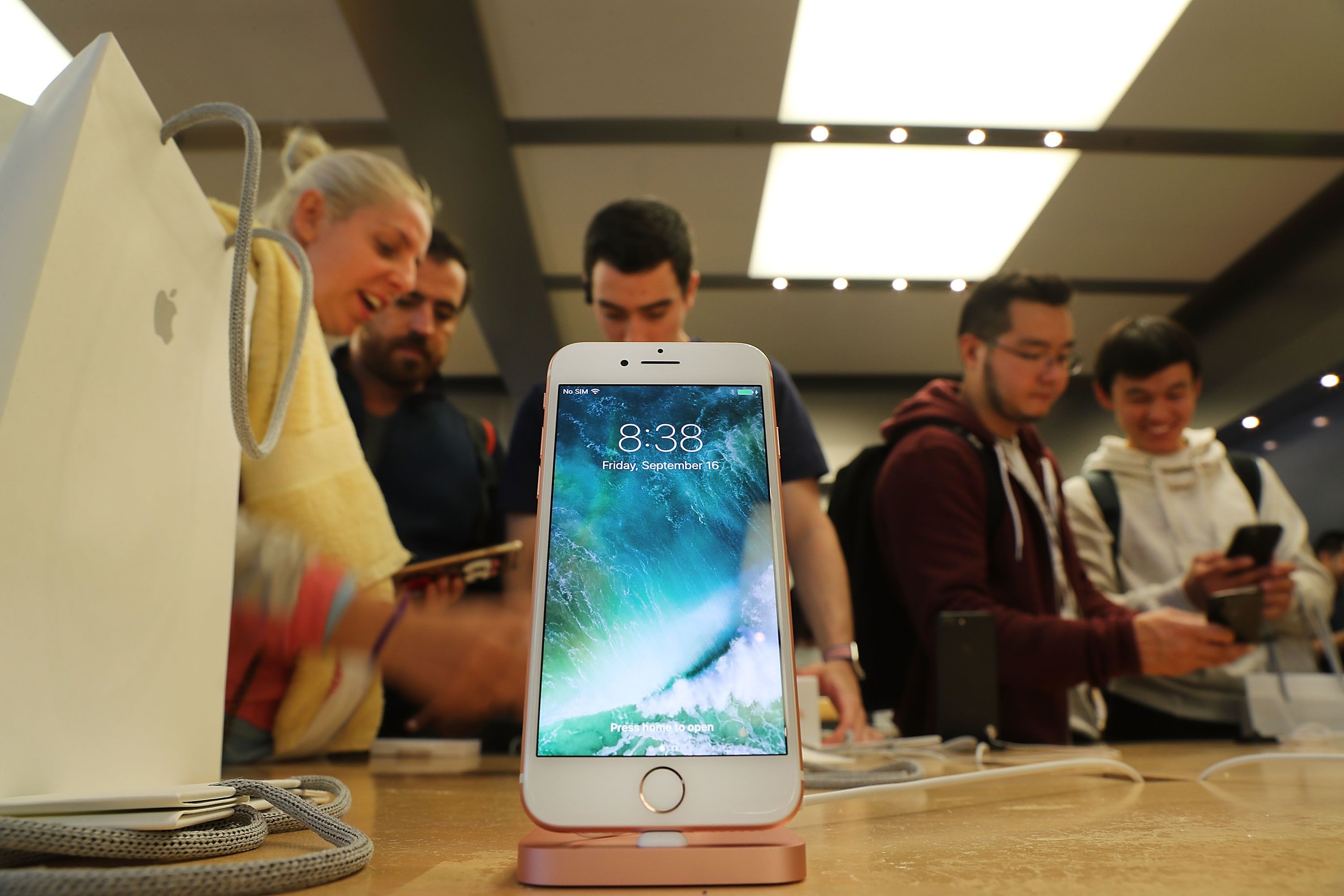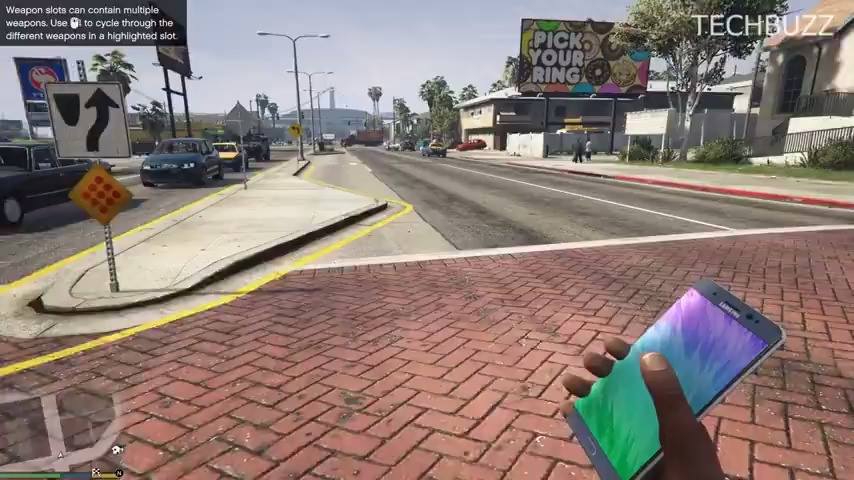
Category: mobile phones

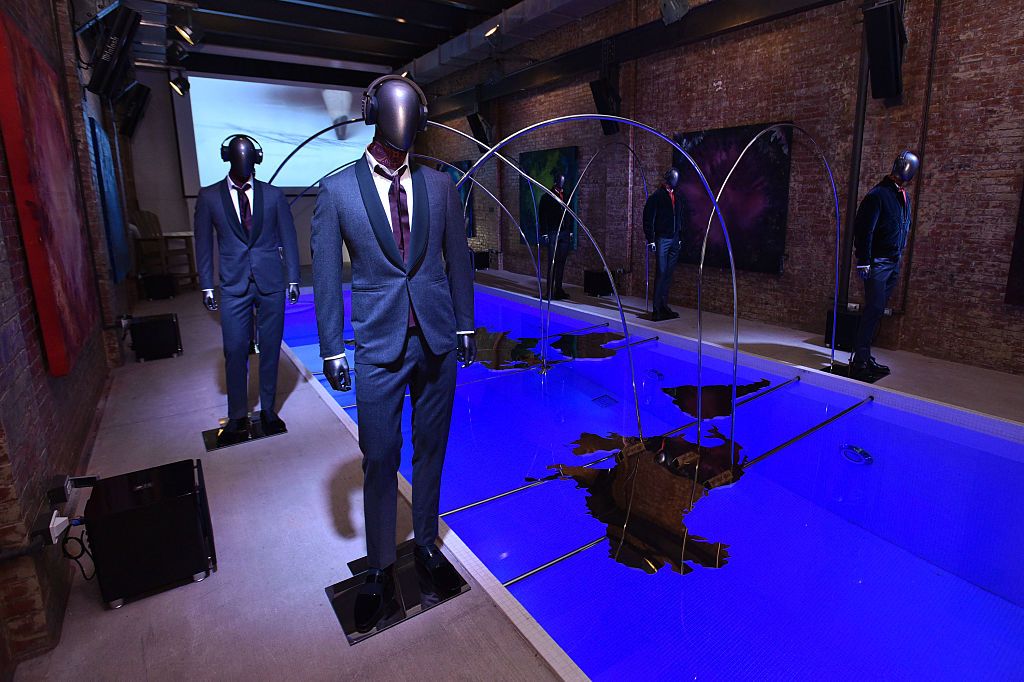
Quantum Teleportation Could Revolutionize Modern Phone And Internet Communication
I never get tired of articles highlighting the potential around leveraging Quantum teleporting as a method to replace networks and communications. Now the real question is how soon and how much of the existing infrastructure will need to be replaced to begin taking advantage of this technology earlier than others? As with most things, governments are often early adopters as well as Financial Services and ISPs are a close 2nd in the adoption of such technologies.
An experiment conducted about quantum teleportation could improve and transform the modern phone and Internet communication by having highly secure and encrypted messaging.
A recent study has suggested that comet outbursts are caused by avalanches and not geysers.
Will the testing of the new electric aircraft start a revolution in the aviation industry? Read what NASA has to say.

Flexible material puts full-color e-paper on display
E-ink displays may be easier on the eyes and less power-hungry than backlit LCDs used in most tablets and phones, but in the color department they’re still playing catch-up. However, this could change thanks to a new type of material developed at Chalmers University of Technology that is flexible, ultrathin and can produce the full color range of an LED-backlit LCD, but requires ten times less energy than a Kindle’s e-ink display.
Like a conventional e-reader screen, the material functions as a reflective display, so instead of being backlit like an LCD, the surface reflects the external light that hits it. Electrically conductive polymers covering the surface change how that light is absorbed and reflected, which allows it to recreate high resolution images and text. The end result is a material that’s less than one micron thick, flexible and extremely energy efficient.
“The ‘paper’ is similar to the Kindle tablet,” says Andreas Dahlin, lead author of the study. “It isn’t lit up like a standard display, but rather reflects the external light which illuminates it. Therefore it works very well where there is bright light, such as out in the sun, in contrast to standard LED displays that work best in darkness. At the same time it needs only a tenth of the energy that a Kindle tablet uses, which itself uses much less energy than a tablet LED display.”
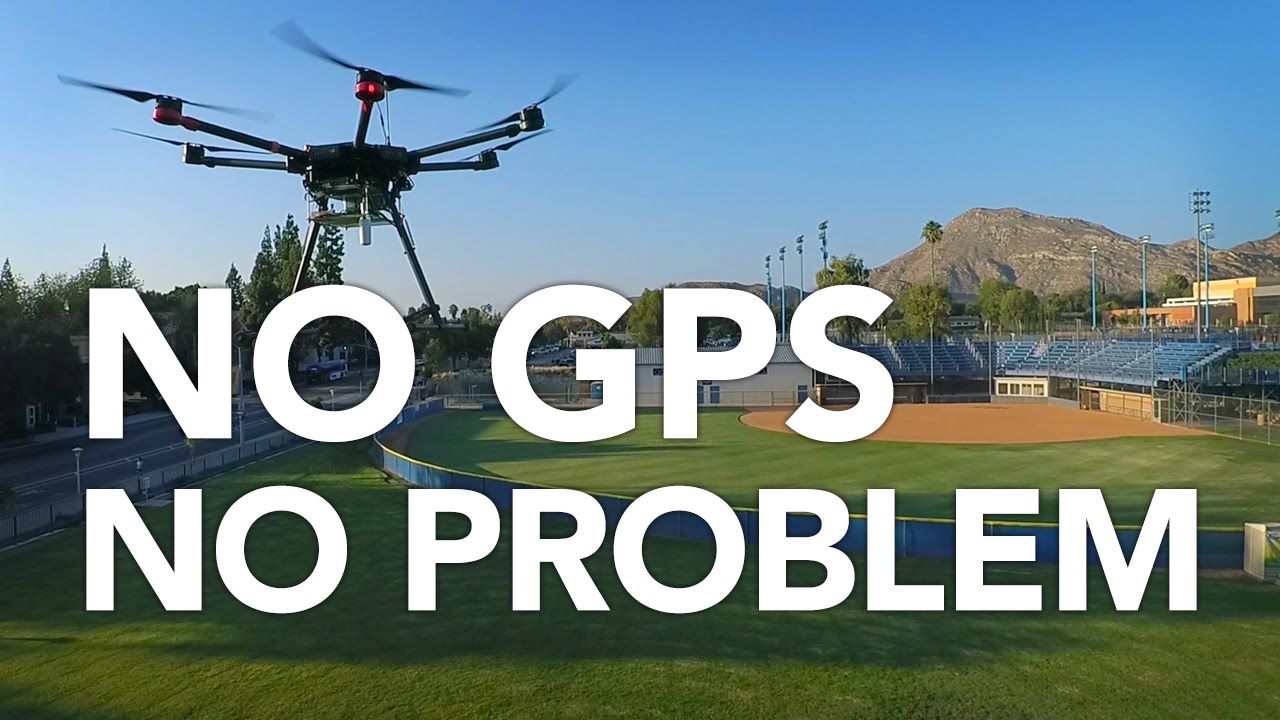
No satellites needed for next-gen navigation system that uses “signals of opportunity”
The Global Positioning System (GPS) is a great navigation aid – unless you lose the signal while negotiating a complicated spaghetti junction. That’s bad enough for conventional cars, but for autonomous vehicles it could be catastrophic, so the University of California, Riverside’s Autonomous Systems Perception, Intelligence, and Navigation (ASPIN) Laboratory under Zak Kassas is developing an alternative navigation system that uses secondary radio signals, such as from cell phone systems and Wi-Fi to either complement existing GPS-based systems or as a standalone alternative that is claimed to be highly reliable, consistent, and tamper-proof.
Today, there are two global satellite navigation systems in operation, the US GPS and the Russian GLONASS, with the European Galileo system set to become fully operational in the next few years, and plans for the Chinese Beidou system to extend globally by 2020. These have revolutionized navigation, surveying, and a dozen other fields, but GPS and related systems still leave much to be desired. By their nature, GPS signals are weak and positions need to be confirmed by several satellites, so built up areas or mountainous areas can make the system useless. In addition, GPS signals can be deliberately or accidentally jammed or spoofed due to insufficient encryption and other protections.
In military circles, various supplementary systems are employed with everything from submarines to foot soldiers also using Inertial Navigation System (INS) that emply accelerometers and compasses to calculate positions from the last good GPS fix, but these only work for a limited time before they start to drift.

Teleporting Toward a Quantum Internet
New experiments in Calgary tested quantum teleportation in actual infrastructure, representing a major step forward for the technology.
Quantum physics is a field that appears to give scientists superpowers. Those who understand the world of extremely small or cold particles can perform amazing feats with them — including teleportation — that appear to bend reality.
The science behind these feats is complicated, and until recently, didn’t exist outside of lab settings. But that’s changing: researchers have begun to implement quantum teleportation in real-world contexts. Being able to do so just might revolutionize modern phone and Internet communications, leading to highly secure, encrypted messaging.

Engineering a Better Body and the End of Disease
There are two kinds of people in Washington, DC, says entrepreneur Dean Kamen. There are the policy experts, whom he calls cynics. And there are the scientists, whom he deems optimists.
Kamen, speaking at the White House Frontiers Conference at the University of Pittsburgh, places himself in the latter camp. Unlike policy wonks and politicians who see diseases like Alzheimer’s or ALS as unstoppable scourges, Kamen points out that previously terrifying diseases were all toppled by medical innovation. The plague, polio, smallpox — all were civilization-threatening epidemics until experimental scientists discovered new ways to combat them.
If that sounds like the kind of disruption that the tech industry has unleashed across the rest of the world, that’s no accident. Kamen, the founder of DEKA, a medical R&D company, says that the same trends that have empowered our computers and phones and communication networks will soon power a revolution in health care. He says that medical innovation follows a predictable cycle. First we feel powerless before a disease. Then we seek ways of treating it. Then we attempt to cure it.
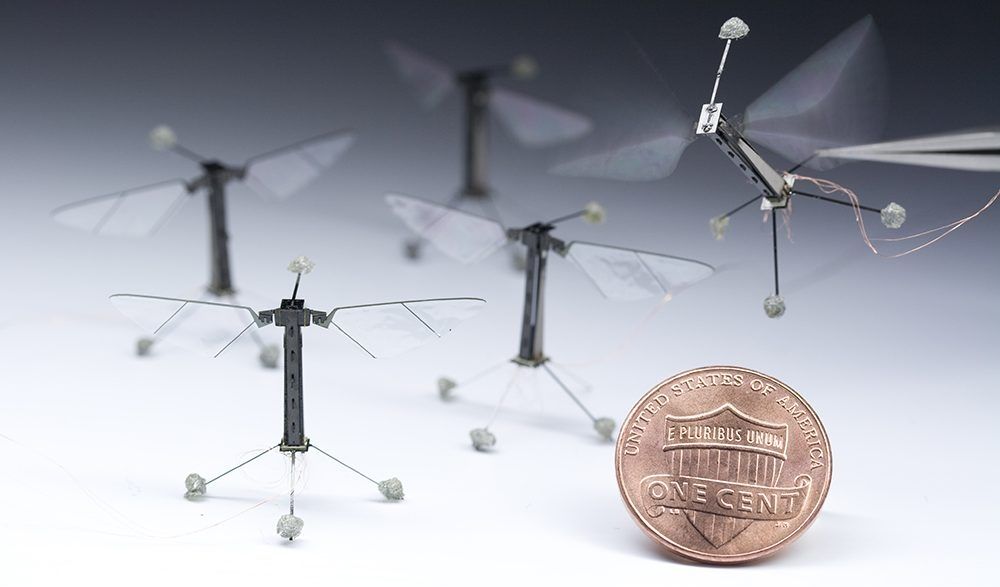
Project Originally Funded By DARPA Seeks To Replace Bees With Tiny, Winged Robots
Got a bee shortage? No problem, DARPA has you covered.
Following the news that the honeybee is now officially an endangered species as “colony collapse disorder” accelerates, it seems that a Harvard research team has the solution – robotic honeybees. Instead of attempting to save the bees by reducing the use of pesticides or revising safety standards for cell phone radiation, the focus has shifted to replacing the bees altogether. Harvard University researchers, led by engineering professor Robert Wood have been tweaking “RoboBees” since their initial introduction in 2009. The bee-sized robots made of titanium and plastic represent a breakthrough in the field of micro-aerial vehicles. The size of the components needed to create flying robots were previously too heavy to make a such a small structure lightweight enough to achieve flight. Current models weigh only 80 mg and have been fitted with sensors that detect light and wind velocity.
Researchers claim that the bees could artificially pollinate entire fields of crops and will soon be able to be programmed to live in an artificial hive, coordinate algorithms and communicate among themselves about methods of pollination and the locations of particular crops. In addition, RoboBees have been suggested for other uses including searching disaster sites for survivors, monitoring traffic, and “military and police applications.” These applications could include using RoboBees to “scout for insurgents” on battlefields abroad or allowing police and SWAT teams to use the micro-robots to gather footage inside buildings.
The RoboBees project originally began at the University of California at Berkeley in 1998 when neurobiologist Michael Dickinson, electrical engineer Ron Fearing, and then-grad student Rob Wood received a $2.5 million grant from DARPA to create an insect drone. Dickinson now continues his work at the University of Washington while Wood heads the principal RoboBee micro-robotics lab at Harvard. DARPA, the Defense Advanced Research Projects Agency of the US military, is best known for its role in helping create the internet, but a vast majority of their taxpayer-funded projects paint a decidedly dystopian picture of humanity’s future. Most of DARPA’s projects involve transhumanism, the merging of humans and machines to create a technologically governed populace.
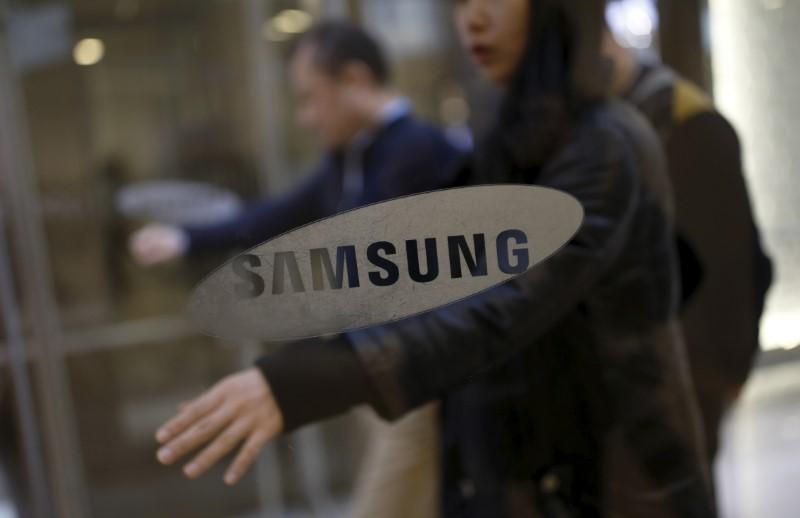
Samsung Electronics to acquire artificial intelligence firm Viv, run
SEOUL Tech giant Samsung Electronics Co Ltd said on Thursday it is acquiring U.S. artificial intelligence (AI) platform developer Viv Labs Inc, a firm run by a co-creator of Apple Inc’s Siri voice assistant program.
Samsung said in a statement it plans to integrate the San Jose-based company’s AI platform, called Viv, into the Galaxy smartphones and expand voice-assistant services to home appliances and wearable technology devices.
Financial terms were not disclosed.

‘Smart clothing’ could someday power cell phones with the sun’s rays
Batteries in smart phones and other portable electronics often die at inopportune times. Carrying a spare battery is one solution. As an alternative, researchers have tried to create fibers to incorporate in clothing that would power these devices. However, many of these fibers can’t withstand clothing manufacturing, especially weaving and cutting.
Now, in the journal ACS Nano, scientists report the first fibers suitable for weaving into tailorable textiles that can capture and release solar energy.
To collect solar power, Wenjie Mai, Xing Fan and colleagues created two different types of fibers. One contained titanium or a manganese-coated polymer along with zinc oxide, a dye and an electrolyte. These fibers were then interlaced with copper-coated polymer wires to create the solar cell section of the textile. To store power, the researchers developed a second type of fiber. This one was made of titanium, titanium nitride, a thin carbon shell to prevent oxidation and an electrolyte. These fibers were woven with cotton yarn.
